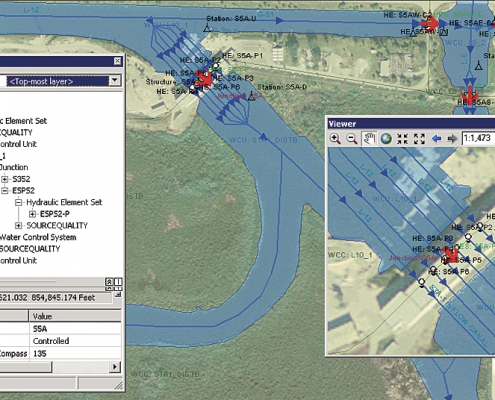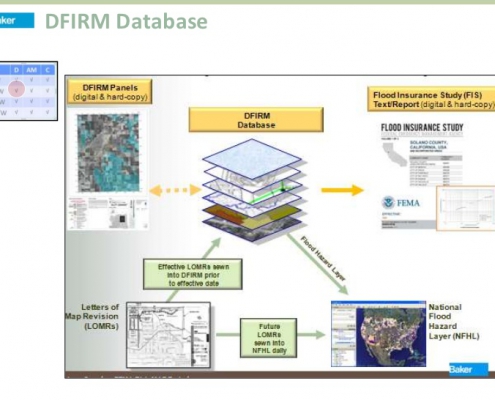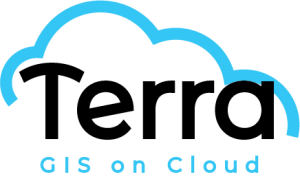Water resource management is a common challenge worldwide. It is an important part of urban development, environmental protection, agricultural development and planning processes. Water resources are monitored in a variety of ways, particularly space-base remote sensing and in situ sensors. And these observations are key inputs into a variety of mapping, analysis, and simulation activities that help planners, private developers, public decision makers, and citizens make responsible decisions. As the world faces increased population growth and development, the effective management of water resources will be increasingly import ant for everyone around the globe. This will necessitate powerful analytical capabilities, access to historic and real-time water resource data, the collaboration between different water resource stakeholders, and delivery of (and access to) geospatially-enabled water resource management data.
Only in managing the complete lifecycle of water resource data will it be possible to responsibly, profitably, and equitably address the growing water resource management challenges around the world.
The major applications of remote sensing and GIS in the field of water resource are:
- Flood inundation mapping & monitoring
- Irrigation water management
- Flood damage assessment
- Flood risk zone mapping
- Surface water mapping
- Watershed studies
- Snowmelt runoff forecasting
- Reservoir sedimentation survey
The new ERDAS Imagine architecture provides comprehensive tools to author, manage, connect and deliver spatially enabled water resource management data. Remote sensing inputs have been significantly contributing in water management in India, both in its conservation and control aspects. This technology can be used to more complex management in the field of water resources planning and management.








